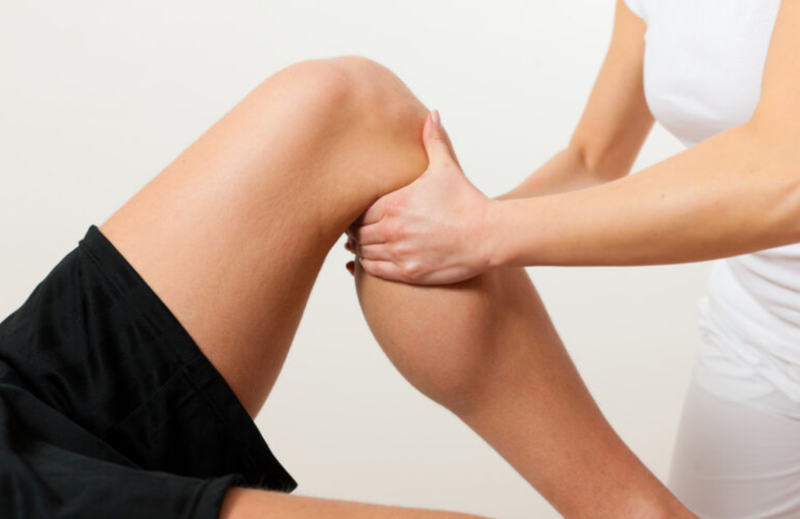
What is the ACL?
Knee injuries, in addition to ankle injuries, are among the most prevalent sports injuries. The anterior cruciate ligament is one of the knee’s primary stabilisers and performs a key role in reducing rotational forces on the knee joint. It also acts to reduce anterior (forwards) movement of the tibia (shin bone) in relation to the femur (thigh bone). It also has a role in proprioception of the knee, which is the body's ability to send mechanical information to the brain without looking at the knee through structures called mechanoreceptors.
So how is it injured?
During sports which involve a lot of sprinting, cutting, change of direction and lateral movements occasionally the external forces may exceed the ligament's ability to cope. This may lead to a ligament injury or rupture. Soccer, netball and basketball are among the sports with the highest injury prevalence. The most common mechanism of injury for an ACL rupture is twisting or turning during a change of direction with the weight bearing leg planted in the ground. More commonly these are actually non-contact injuries, although not exclusively. Players usually present with immediate swelling of the knee and usually cannot continue to play. Others on the field may even hear an audible noise “POP” during the injury. Of course ACL injuries don’t occur exclusively in sports. You may trip/fall and twist your knee on hike or slip on the floor leading to an ACL injury.
How is an ACL injury managed?
So, what does an ACL injury mean for me? Well, patients can get very scared when told they’ve ruptured their ACL. High profile stories in the media of professional athletes from their favourite sports teams can create fear and worry over returning to an active lifestyle and sport. Well the good news is that with the correct management patients normally do very well. Management options are either non-operative or operative and the decision on which to choose will be down to a variety of factors including age, level of activity and degree of knee instability. Despite prior thinking there is evidence that the ACL can actually heal spontaneously without the knee for surgery although further research is needed on this topic.
Whichever option you choose there is a long recovery. Patients should aim for at least 6 months of rehab if treated non-operatively and 12 months if treated operatively.
How does physiotherapy help?
Physiotherapy is key for ACL injuries. The research supports that pre-operatively (prehab) patients have improved outcomes if they have better movement and strength prior to surgery. Post injury or surgery, physiotherapy goals will include regaining full knee movement ,lower limb muscle strength, balance and returning to sport or usual activities. The evidence suggests that any deficit in muscle strength, balance and landing mechanics may predispose you to a higher risk of re-injury. So you and your Physio will become good friends for the next year!.
Finally, the great news is ACC are now funding a pathway called Careway which more often than not will cover all costs for new ACL injuries. We at Auckland physiotherapy are a Careway provider, so if you have injured your knee come in and see us for an assessment to see if you are eligible. If you would like more information, book a complimentary call with one of our Physiotherapists.
Recent Comments